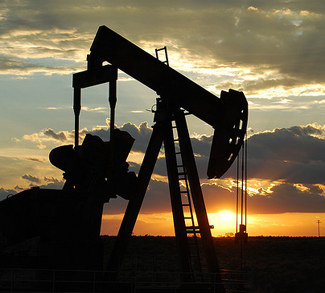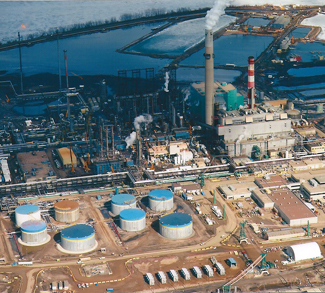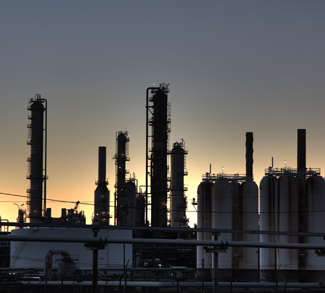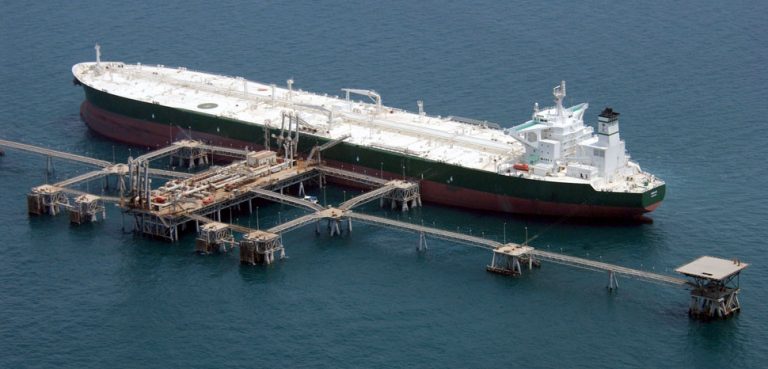When OPEC instituted their recent production cuts, the theory went that oil prices would balance after crashing in 2014. After Donald Trump won the presidency, it was speculated that price fluctuation would become the norm based upon his inexperience in public office and statements during the U.S. presidential campaign. Popular news outlets also conjectured he would start World War III and possibly limit democracy. That hasn’t occurred and it’s time to realize the geopolitical risk that has caused prices to rise in oil and natural gas markets is overblown. A supply glut and U.S. shale record output are large factors keeping prices depressed. But if prices spike, the reason should be a drawdown in inventories, and returning to the laws of supply and demand will give an indication of where prices are headed in 2017 –not overheated, geopolitical rhetoric.
According to Matthew Kroenig Senior Fellow at the Atlantic Council:
“On almost every front, the U.S. is positioned for the challenges to come with the current team and policies in place.
This is good news for U.S. supplies, and as it was announced in late April, Saudi Arabia’s King Salman appointed his son as the new ambassador to the U.S. in a major diplomatic reorganization. This is an indication that the Saudi’s want closer relations with the U.S. and the potential for another Saudi-led war against U.S. shale firms more than likely won’t occur in the near future.
Certainly there are geopolitical challenges which could affect global prices and supply. The U.S. deployed the controversial THAAD missile defense system in South Korea sparking fierce protests from China further rattling the tense relationship between the U.S., North Korea, Japan and China over the issue. North Korea attempted another missile launch in mid-April and news has surfaced that the test was disrupted using cyber-warfare.
Through the chaos, President Xi of China wants stability, “in what is the equivalent of an election year in one-party China.” Xi doesn’t want a war between the U.S. and North Korea with China caught in the middle. Now that the U.S. is selling coal to China it is unlikely war between the U.S. and North Korea will break out. It’s simply bad economics for the U.S. and China. After the recent meeting between Trump and Xi, the Chinese are considering a tougher stance on North Korea, lessening the chance of a geopolitical standoff, which is welcomed news for stable oil and gas prices. Still, North Korea is a dangerous factor in terms of prices and supplies, which means that China and the U.S. should be monitored for how they handle the situation.
Syria is unstable, and French intelligence reported forces loyal to Assad, “carried out a sarin nerve gas attack on April 4 in northern Syria.” The report also states that Assad has carried out over 140 gas attacks while being backed by Russia and Iran. These developments could potentially be troubling for oil price stability if the U.S. and other allies were to expand the war against Assad that included Russia and Iran as targets. That is tough to envision since Trump alerted the Russians before his recent targeting of a Syrian airfield, and the U.S. is still a signatory to the landmark P5+1 nuclear deal between Iran and Western powers. Though Iran is still acting as a belligerent nation by continuing to harass U.S. naval vessels in the Persian Gulf and nearby Strait of Hormuz.
Foreign Affairs Magazine reported that U.S. Secretary of State Rex Tillerson had “tense but engaging meetings,” with his Russian counterpart and Vladimir Putin in late April. Each side believes “the glass is half full in their relationship,” after the Syrian strikes, and neither side believes there will be any direct military or diplomatic conflicts taking place. Putin isn’t going to let Syria dictate his relationship with the U.S. or his stance on energy policies.
While the current international environment may be the worst since the Cold War, that isn’t a reason to base investment decisions or allow oil prices to rise based on political or geopolitical risk. What should concern bullish investors are announcements by the Saudi Energy Minister stating, “It is too early to decide if OPEC will extend production cuts,” along with Libyan political instability, Venezuelan production going offline, and Nigerian unpredictability. These are geopolitical issues that can affect Crude and Brent prices depending on the circumstances, but the world is still awash in oil, therefore it is difficult to envision prices rising to pre-2014 crash levels.
There are also a number of factors pointing to increased oil output, which could continue to depress prices. According to Mark Papa, chief executive of Centennial Resource Development: “We are still in a carbon-based economy, and we see more demand than ever.” The Gulf of Mexico, moreover, reached a record-high output of 1.7m bpd in January based on numbers from the EIAs Short Term Energy Outlook. U.S. rig counts have also hit a two-year high along with new pipelines coming online.
Goldman Sachs has taken a contrarian view from other investment banks and firms who follow oil prices when it predicts oil at $50 a barrel based on:
“Improvements in technology and costs involved with shale extraction. Price fluctuations are now likely to be within the realm of 10-20 percent, rather than quadrupling noted when new technology methods were being tallied.”
The strategic case for oil rising has solid reasons, and while there is geopolitical uncertainty, the market is still flush with inventory. It doesn’t seem wise to let geopolitical corrections cloud wise oil and gas investment decisions. The Trump administration is also adding to the supply gut by opening up federal lands and other previously untapped, U.S. offshore drilling sites through an executive order – this could alter prices toward a downward slope. Supply and demand along with large-scale supply cuts should be at the forefront of pricing decisions, and if geopolitical risk is part of that model, then it should be objective, unbiased geopolitical analysis, on day-to-day and long term prices for 2017.
The opinions, beliefs, and viewpoints expressed by the authors are theirs alone and don’t reflect any official position of Geopoliticalmonitor.com.




